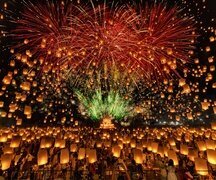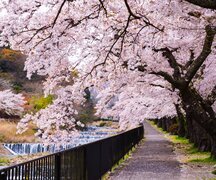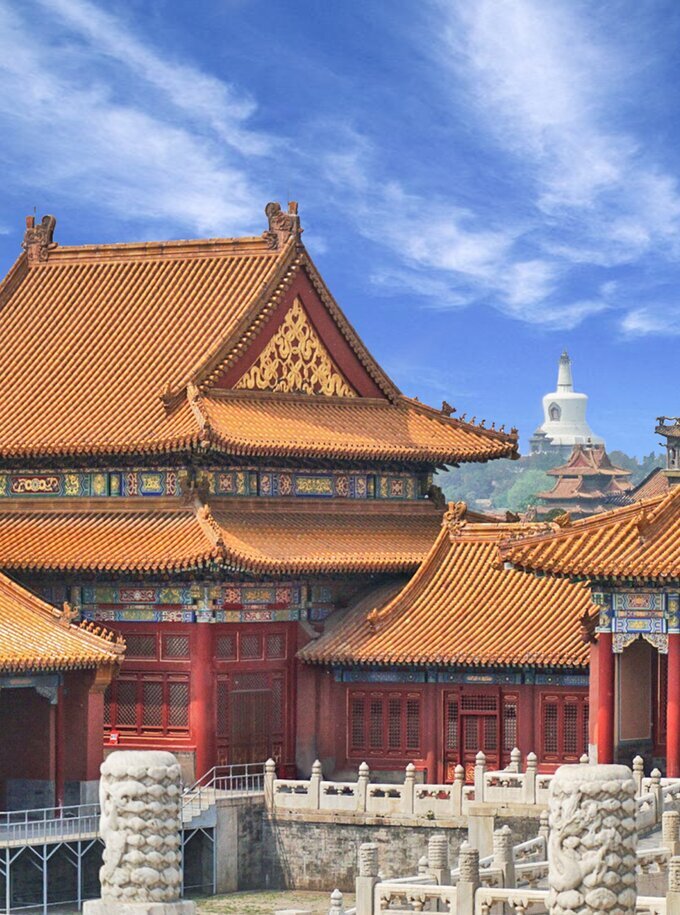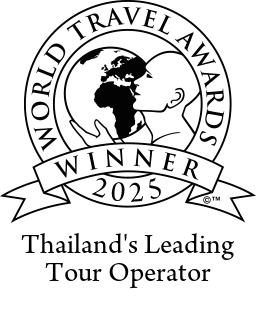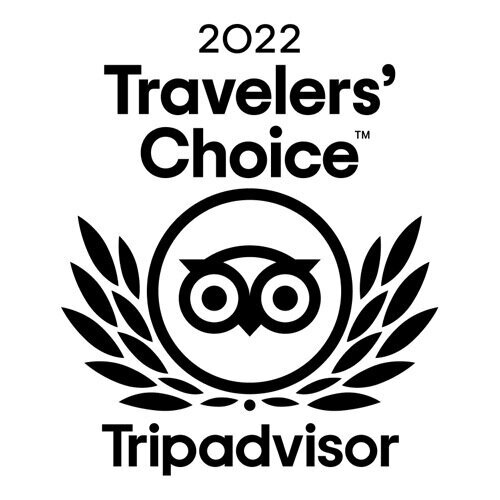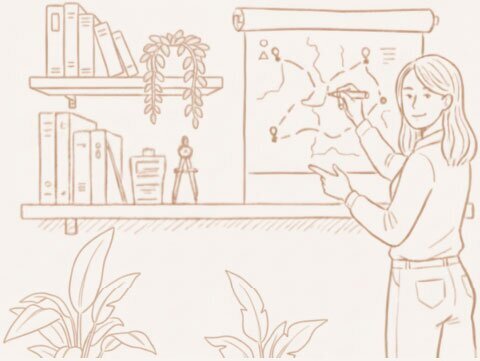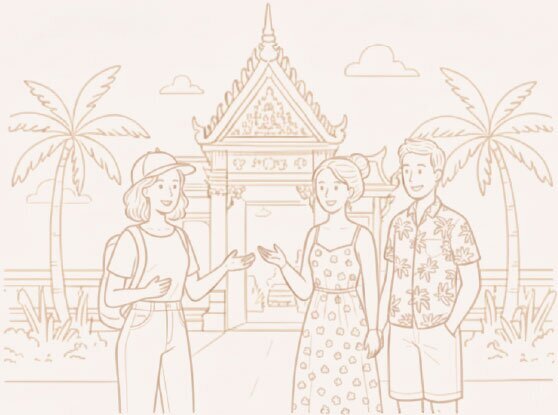Sapa has a highland climate—cool, humid, and often misty, with significant temperature differences between day and night. If you're here for stunning views and active treks, March to May and September to November are your best bet.
Here's how to match your trip with what you want most: scenery, hiking, or just the perfect photo.
What's the Weather Like in Sapa?
Sapa's climate is cooler and more variable than most of Vietnam, thanks to its mountain location. You'll find four distinct seasons, with rapid shifts even within a day — think cool mornings, sunny afternoons, and chilly nights.

Best Time for Rice Terraces & Photography
If you're coming for the iconic terraced landscapes, the best time to visit is mid-August to mid-September. This is harvest season: the fields turn gold, skies are usually clear, and the valleys glow at sunrise and sunset.
In contrast, May and June are also photogenic, when terraces are flooded for planting. You'll get mirror-like reflections, especially stunning at dawn.
 Four Seasons in Sapa
Four Seasons in SapaBest Time for Trekking
Sapa is a paradise for hikers. For easier and more popular routes like Cat Cat Village, you can hike all year. The paths are well-paved and easy to follow.
But for more adventurous trails like the Muong Hoa Valley Loop or a climb up Fansipan, it's better to go from March to May or September to November. These months are drier and cooler and offer wide-open views and better train conditions.
What's the Worst Time to Visit Sapa?
For hiking, skip July and August if you're not a fan of slippery trails or muddy slopes. These are the wettest months, with over 18 days of rain. While winter is quiet, fog can obscure views, and high-altitude treks may be unpleasantly cold.
To see the famous rice terraces, you're advised to avoid October to March, when the fields are dry and empty—not much to look at.
If you're sensitive to cold, avoid January to February. Daytime highs hover around 15°C (59°F), and nights can dip below freezing. This period is also not ideal if you're planning to stay in a homestay. Most are very basic and lack proper heating.
Traveling on a budget? Try not to visit from Friday to Sunday and major holidays like New Year, Lunar New Year, May 1st, and Christmas. Because prices go up by about 10% to 30%.
Sapa Weather by Season
| Season | Scenic Highlights | Weather Conditions | Good for Trekking? | Photography Rating |
|---|---|---|---|---|
| Spring | Peach & plum blossoms, flooded rice terraces | Cool with light drizzles | √ (Good for light trekking) | ★★★★☆ |
| Summer | Lush green terraces | Afternoon downpours | × (Only safe on selected trails) | ★★★★☆ |
| Autumn | Golden rice fields, morning mist | Dry and clear | √√ (Best trekking season) | ★★★★★ |
| Winter | Misty landscapes, occasional snow | Cold and damp | × (Slippery and chilly conditions) | ★★☆☆☆ |
Spring (March–May): Flowers & Early Light
If you're traveling with kids or elderly family members, spring offers comfortable temperatures and easy village walks with less mud and fog.
Temperatures climb steadily (14–22°C), though early spring mornings can still be misty. Most days are dry, but light drizzles do happen. As May approaches, the chances of rain increase.
Starting in March, Sapa's hills burst into bloom—peach, plum, and rhododendrons add soft color to the mountains. By April, the terraced fields begin to fill with water, turning into shimmering "mirror fields" under the spring light. In early May, farmers start planting rice, and you'll see scenes of local life unfolding right in the fields.
 Sapa in Spring
Sapa in SpringSummer (June–August): Green & Wet
Summer brings Sapa's greenest rice terraces, nourished by frequent rains (200+ mm/month).
Rain usually falls in the late afternoon, so plan outdoor activities in the morning and save afternoons for indoor cultural experiences like Red Dao herbal baths or Hmong weaving.
With highs rarely above 30°C (86°F), many Vietnamese families visit to escape the southern heat for summer breaks. So expect crowds and higher costs.
Trekking is still possible, but stick to well-paved routes and be prepared for muddy trails. For photography, post-storm valleys often reveal dramatic, misty views.
 Rice Terraces in June in Sapa
Rice Terraces in June in SapaAutumn (September–November): Golden & Clear
For couples or photographers, this is Sapa's dream season. Fewer crowds, dramatic lighting, and golden valleys make it ideal for slow travel.
Rice terraces turn gold in early to mid-September—a brief but glorious window. By early October, the harvest is underway, and trekking trails dry out. The skies clear, the humidity drops, and the mountains open up.
November is cooler and quieter, great for those seeking peaceful hikes and rich cultural encounters. October and November are also the best window to see a panorama from the summit of Mount Fansipan.
 Fansipan Mountain
Fansipan MountainWinter (December–February): Misty, Cold & Occasionally Snowy
Winter in Sapa is cold (lows near 6°C), misty, and deeply atmospheric. Frost sometimes glazes the morning landscape, and on rare days, snow falls.
While views can be hit or miss, it's also when Sapa is at its most peaceful to experience the ethnic culture, except for Christmas, the New Year Holiday, and Tet.
Peach and plum blossoms start appearing late in the season. If you're here to relax, not rush, this is an underrated time.
 Cherry blossom in Tea Hill in Sapa in Spring
Cherry blossom in Tea Hill in Sapa in SpringTravelers ❤ Highlights Travel
FAQs about the Best Time to Visit Sapa
1. What is the best month to visit Sapa?
Mid-September for golden rice fields, October to November for trekking with mild and dry weather.
2. Does it snow in Sapa?
Yes, it sometimes snows in winter, usually in late December or January, but snowfall is rare and not guaranteed.
3. What is the coldest month in Sapa?
January is the coldest month, with lows around 6°C (43°F). Snow is rare, but temperatures can drop below freezing at night.
4. When to avoid Sapa in Vietnam?
Avoid July and August due to heavy rain and muddy trails, and January to February if you don't like cold weather.
5. What is the best time to visit Sapa and Hanoi?
The best time to visit both Sapa and Hanoi, as well as Halong Bay, is from March to May and September to November, when northern Vietnam enjoys pleasant and mostly dry weather. Check out further details about the best time to visit Vietnam.
6. How many days in Sapa is enough?
2–3 nights give you time to explore a village, ride the Fansipan cable car, and enjoy a scenic walk or two. You could find more travel tips on combining your Sapa trip with other parts of Vietnam.
Planning your Sapa trip?
We specialize in private, custom journeys that match your dates, travel style, and interests—whether you're after the best photo spots, soft adventures, or deep cultural immersion.
Tell us your ideal travel dates, and we'll help you choose the best time to go—and how to make the most of it.
Get Inspired with Some Popular Itineraries
At Highlights Travel, we create your kind of journey — your dates, your destinations, at your pace. You can have any trip tailor made for your travel.



